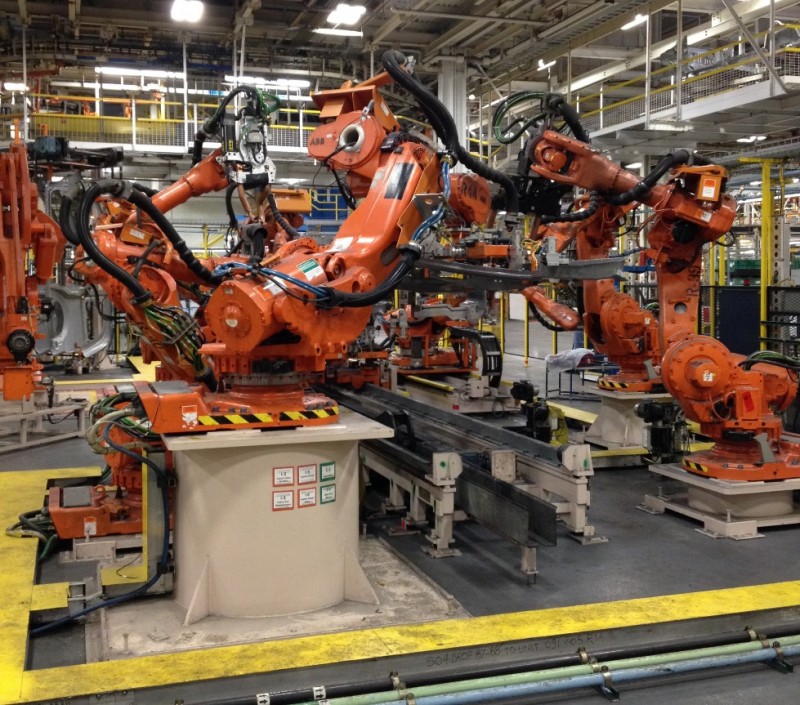30,000 ways to improve manufacturing and assembly.
When your employees are involved and you have a chance to step back to look at the entire manufacturing and assembly process, the result can be pretty good.
Employees at the Windsor, Ont., Assembly Plant, home to our minivans and cargo vans, had the opportunity to take a look at how they were building our already high-quality minivans – and see how they could do it even better for our next generation minivan.
During the process, which started in March 2014, employees identified 30,000 issues that could be improved. The issues ranged from the simple like using a lighter tool to the more complex like reconfiguring a work station.
“It was a challenge, but an enjoyable one,” said General Assembly Centre Manager Jon Desjardins. “Together, we created a more efficient way to build vehicles.”
Manufacturing in Windsor stopped this weekend for 14 weeks, so the plant can make the necessary changes to the assembly process. In total, we will invest US $2 billion worth of engineering, development, training, retooling and new equipment into the new minivan program.
Here are just some of the highlights on the improvements our employees and management have instituted at WAP:
Zero expulsion (i.e., sparks) on robot welding (above right). Right now, the plant is at 95%. Zero expulsion means not only a cleaner environment, but less chance for equipment failure or damage from the sparks.
Addition of a skillet assembly system (below), which is similar to what we currently have at Toledo Assembly Complex for the Jeep Cherokee and Wrangler and at our Sterling Heights Assembly Plant for the Chrysler 200. The 1,600-feet-long skillet assembly line will be 70% shorter than the current assembly line. The skillet line allows each vehicle’s height to be adjusted along the way to fit the operation in each station, and allows for employees’ tools to be closer for their respective tasks, improving the ergonomics for the operator. The system will have 66 total skillets with 46 workstations.
Creation of a Metrology Centre. Our metrology center personnel are responsible for the measurement and validation of the vehicle’s body geometry to ensure accurate fit and finish. The center is also used to inspect, verify and approve internal and external supplier parts used for the vehicles.
We’ve also added several hundred robots, added or retooled conveyor systems, added and retooled sealer equipment and systems, among nearly countless other steps to improve manufacturing and assembly efficiency and quality.
Originally opened in 1928, WAP employs a little more than 4,800 people on three shifts.




